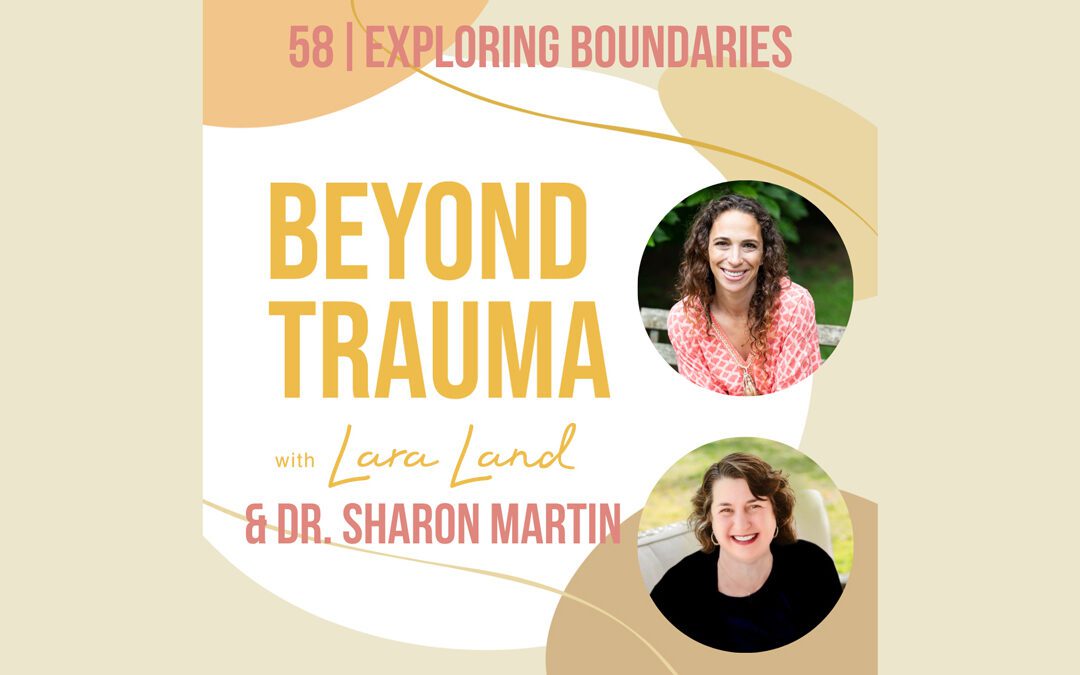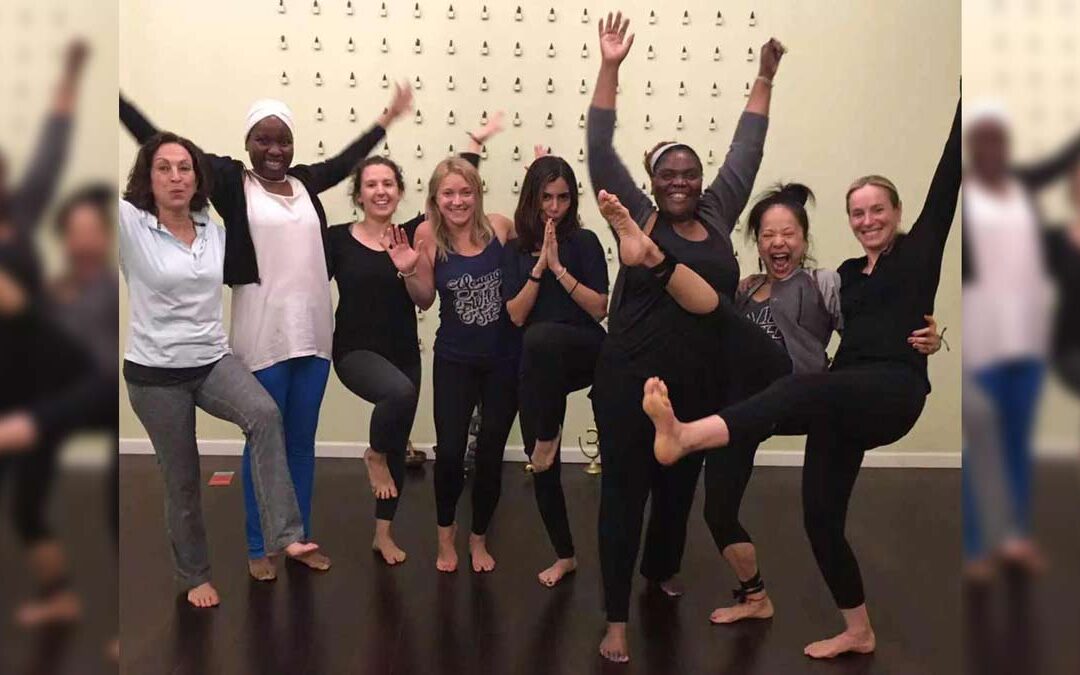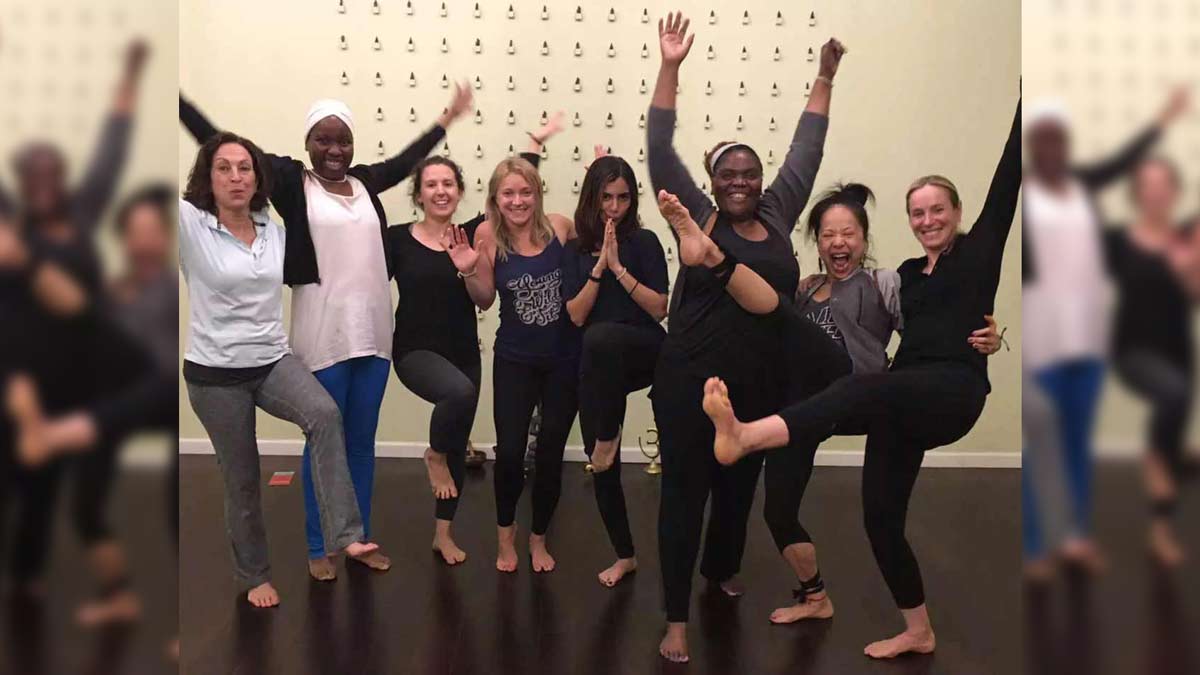Setting healthy boundaries is a crucial aspect of maintaining well-being, fostering healthy relationships, and ensuring personal growth.
Boundaries help define our limits and protect our mental, emotional, and physical health. This week I have renowned psychotherapist Dr. Sharon Martin on the Beyond Trauma Podcast to discuss the importance of boundaries and provide practical strategies to establish and maintain them. This blog will delve into her insights and offer actionable steps for setting healthy boundaries in your life.
Understanding Boundaries
Boundaries are guidelines or limits that a person sets to define acceptable behavior from others. They are essential for maintaining a sense of identity and protecting our emotional and physical space. Dr. Sharon Martin emphasizes that boundaries are not just about saying “no” but about creating a space where you can thrive without feeling overwhelmed or taken advantage of.
Types of Boundaries
- Physical Boundaries: These pertain to your personal space and physical touch. For instance, you might not feel comfortable with hugs from acquaintances and prefer handshakes instead.
- Emotional Boundaries: These involve protecting your emotional well-being by managing your emotional responses and not taking on others’ emotional burdens.
- Time Boundaries: These help you manage your time effectively, ensuring you have time for yourself, your work, and your loved ones without feeling overcommitted.
- Mental Boundaries: These protect your thoughts and beliefs, allowing you to have your own opinions and not be swayed by others’ undue influence.
- Material Boundaries: These relate to your possessions and finances, determining what you are willing to share and what you prefer to keep private.
The Importance of Healthy Boundaries
Dr. Sharon Martin highlights several key reasons why healthy boundaries are vital:
- Self-Care: Boundaries allow you to take care of yourself by prioritizing your needs and well-being.
- Healthy Relationships: They promote mutual respect and understanding, reducing conflicts and misunderstandings.
- Reduced Stress: Clear boundaries prevent you from feeling overwhelmed by reducing unnecessary obligations and emotional burdens.
- Enhanced Self-Esteem: By valuing your needs and setting limits, you reinforce your self-worth and confidence.
Signs of Unhealthy Boundaries
Unhealthy boundaries can manifest in various ways, including:
- Overcommitment: Constantly saying “yes” to requests, even when you don’t have the time or energy.
- Guilt and Resentment: Feeling guilty for setting limits or resenting others for taking advantage of you.
- Inability to Say No: Struggling to refuse requests, leading to burnout and frustration.
- Lack of Privacy: Allowing others to invade your personal space or share your private information without consent.
How to Set Healthy Boundaries
Dr. Sharon Martin provides a comprehensive approach to establishing and maintaining healthy boundaries:
1. Self-Awareness
Understand your needs, values, and limits. Reflect on past experiences where boundaries were crossed and how it affected you. This awareness is the first step in recognizing where boundaries are needed.
2. Clear Communication
Communicate your boundaries assertively and clearly. Use “I” statements to express your needs without blaming or criticizing others. For example, “I need some quiet time after work to relax.”
3. Consistency
Maintain your boundaries consistently. It’s essential to reinforce your limits even if others push back. Consistency helps others understand and respect your boundaries over time.
4. Practice Self-Care
Prioritize self-care by regularly checking in with yourself and ensuring your needs are met. This might involve setting aside time for hobbies, relaxation, or seeking professional support when needed.
5. Seek Support
Don’t hesitate to seek support from friends, family, or a therapist. Discussing your boundaries with trusted individuals can provide encouragement and accountability.
6. Be Prepared for Resistance
Expect some resistance when you start setting boundaries, especially if you’ve previously allowed others to overstep. Stay firm and remind yourself of the importance of maintaining your limits for your well-being.
Setting healthy boundaries is a continuous process that requires self-awareness, clear communication, and persistence. Dr. Sharon Martin’s insights offer valuable guidance on how to establish boundaries that protect your well-being and enhance your relationships. Remember, boundaries are not about shutting people out but about creating a safe space where you can thrive. Start small, be patient with yourself, and recognize that setting boundaries is an act of self-respect and care.
For more in-depth advice and a look into personal relationships, work boundaries, and boundaries with children, take a listen to Beyond Trauma.









Recent Comments